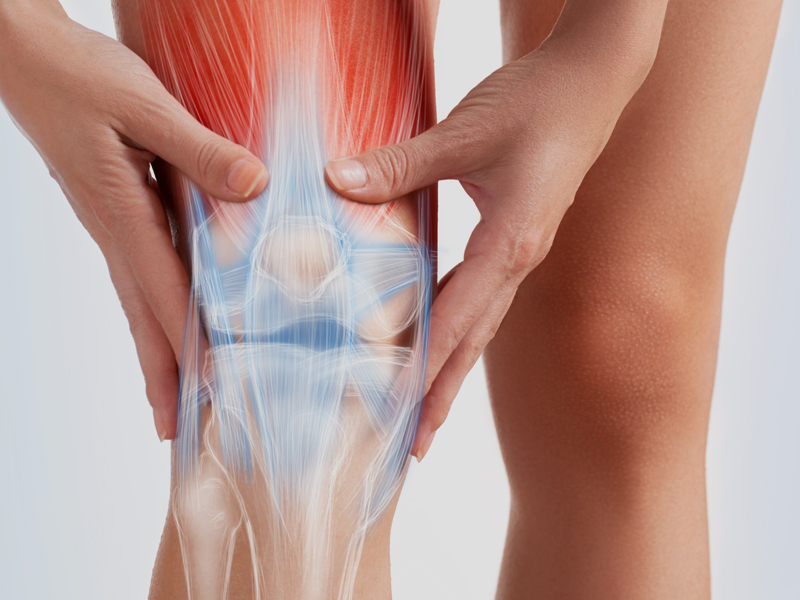Pain Diagnostics
Appointment
Fill Out The Form Below
Working Hour
- 8 AM - 5 PM
- 8 AM - 5 PM
- 8 AM - 5 PM
- 8 AM - 5 PM
- 8 AM - 5 PM
- Closed
- Closed

Pain Diagnostics
Pain is a pretty common issue that most people will probably deal with at some point in their lives. The optimum course of treatment depends on a precise diagnosis of the cause of your pain, and the IPRC team has the knowledge and resources necessary to provide you with an accurate diagnosis.
How We Determine Your Pain’s Origin
We employ a variety of techniques to precisely identify the cause of your discomfort. These methods consist of:
The history of your symptoms, including their start, previous treatments, and symptoms, is crucial in helping your physician determine the cause of your pain. For instance, numbness and tingling in the hands may indicate Carpal Tunnel Syndrome (CTS) rather than cervical radiculopathy, which is the result of a pinched nerve in the neck. Finding out if it mainly occurs at night and affects all of your fingers suggests CTS.
Thorough, hands-on physical examination: this is crucial since it can identify areas with impaired reflexes, pain during specific motions, or diminished sensitivity. Each of these components is essential to arriving at a precise diagnosis.
- Imaging methods include CT scans, MRIs, ultrasounds, x-rays, and others. The strengths of various imaging modalities vary.
- An X-ray can provide valuable information about the degree of degenerative change that may be present, as well as the alignment of the spine and dynamic instability of the spine or other joints.
- The specifics of bones fractures, tumors or other growths, or the integrity of a surgical fusion are all clearly visible in CT scans.

Joint, spinal nerve, and nerve injections guided by ultrasound and fluoroscopic means Many people consider injections to be a component of a therapeutic treatment strategy. On the other hand, injections can be a highly useful diagnostic tool. It may be possible to ascertain whether a particular spot is the cause of pain by injecting numbing medicine into a joint, around a nerve, or in other targeted tissue sites. For instance, if the pain disappears after numbing the minor nerve branches (medial branches) to a facet joint of the spine, it is likely that this is the source of the neck, middle, or low back pain.
